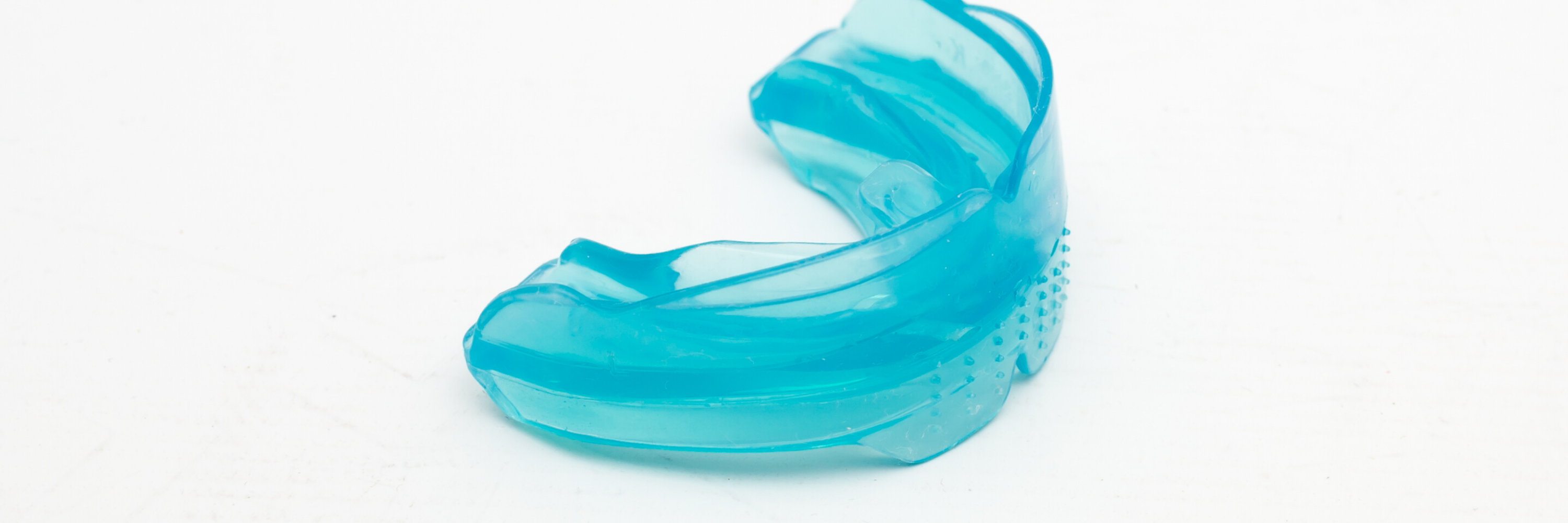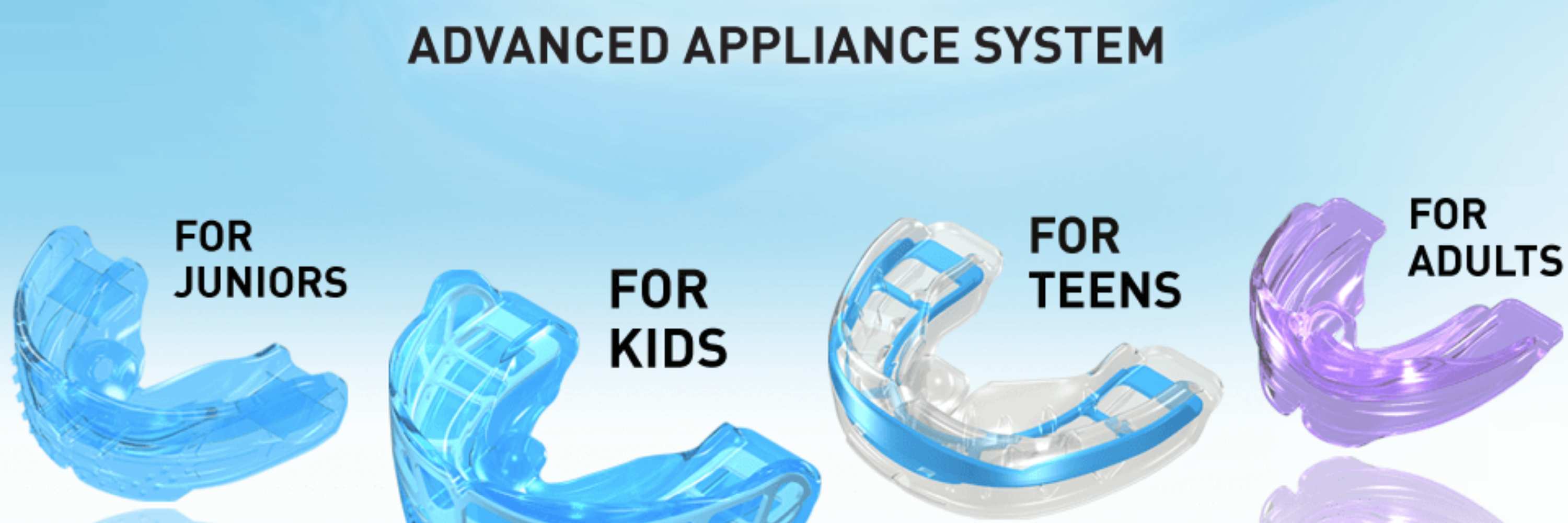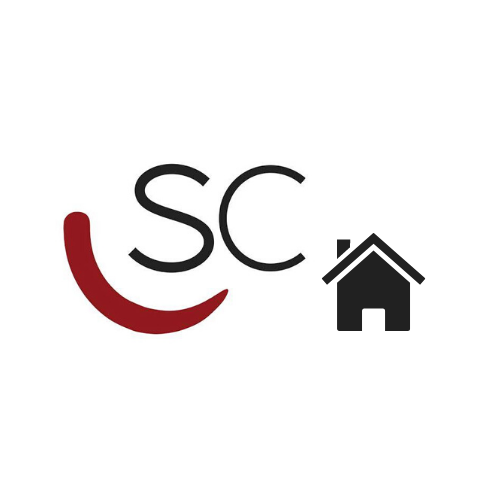MYOFUNCTIONAL ORTHODONTICS (MYOBRACE®)



What is Myofunctional Orthodontics?
The main concern of Myofunctional Orthodontics is different from the objective of conventional orthodontics, since Myofunctional Orthodontics aims to improve the function of facial muscles and reduce soft tissue dysfunction, allowing the natural alignment of teeth resulting from better development of the face and jaws.
What is soft tissue dysfunction?
The action and strength of the tongue and the contraction of the lips and facial muscles are sufficient to alter the position of the teeth, causing crowding and dental malocclusion, as well as an incorrect swallowing pattern.
Naturally, the tongue rests on the upper jaw and we breathe only through the nose, keeping the lips closed, and thus a correct shape of the jaw bone usually develops. If the tongue is not anatomically well positioned at rest, we start breathing only through the mouth and thus there is a greater tendency to malformation of the upper and lower jaws and dental crowding.
What are the devices of the Myobrace® system?
The Myobrace® system appliances are appliances that incorporate different design features, taking orthodontic treatment to a completely innovative level.
The Myobrace® system uses family classifications to separate them into groups, representing the various stages of dentition until adulthood.
- Myobrace for Juniors®: deciduous dentition (“baby teeth”) – from age 3;
Myobrace for Kids®: mixed dentition – 5 to 8 years; - Myobrace for Teens®: permanent dentition in development – 12 to 15 years;
- Myobrace for Adults®: final dentition.
Besides these main groups, there is a specific group, Myobrace for Interceptive Class III®, with treatment solutions for cases that require a greater development of the upper jaw.
At what age can myofunctional orthodontics be used?
Myofunctional orthodontics treatments should be carried out essentially in the deciduous dentition phase (“milk teeth” and mixed dentition), since adequate attention during this period can prevent dental and chewing problems from taking on greater proportions.
What is the first objective of this treatment?
The first objective of myofunctional orthodontic treatment is to correct soft tissue dysfunction, i.e., to get the tongue to position itself naturally in the upper jaw and the patient to be able to keep the mouth closed just by breathing through the nose.
What is important to take into consideration in this type of treatment to obtain results?
In order to achieve fast and effective results with this treatment, it is essential for the patient to cooperate, since the necessary and beneficial change of habits in this treatment is their responsibility.
And what is the desired result in a myofunctional orthodontic treatment?
After the correction of previously existing harmful habits and regular use of the myofunctional appliance, the intended result will be the alignment of the teeth and an improvement in the patient’s facial development.
How long does orthodontic myofunctional treatment last on average?
The duration of the treatment takes into consideration the stage of dentition the patient is in, as well as the corrections necessary to obtain the desired results.
As a rule, a Myofunctional Orthodontics treatment lasts six months (night use) for each Myobrace® appliance.
However, the treatment plan can only be confirmed after an orthodontic study has been performed.
